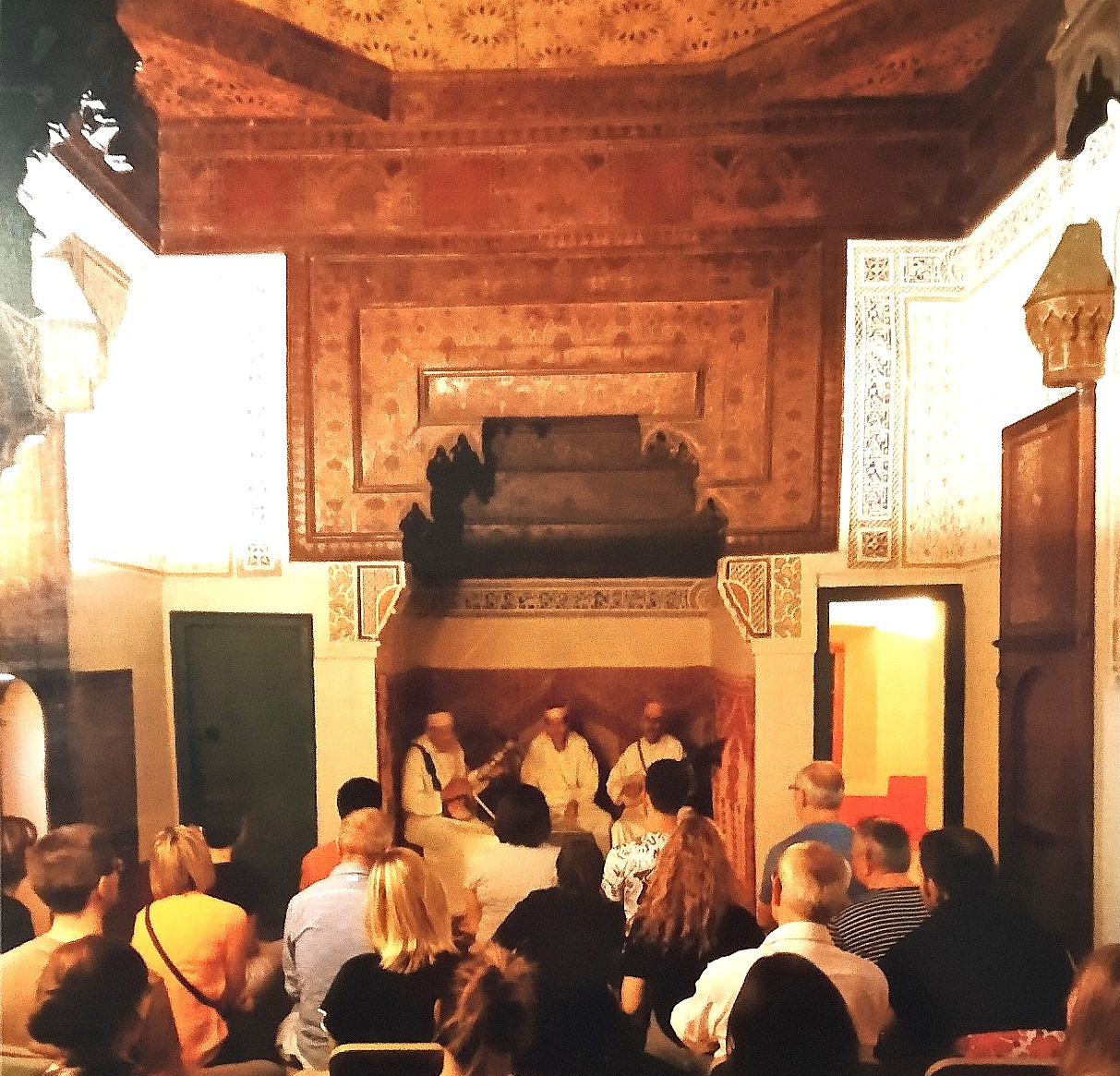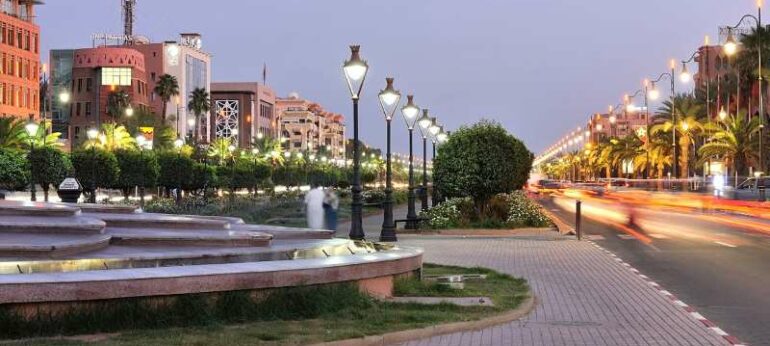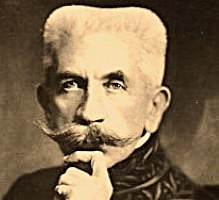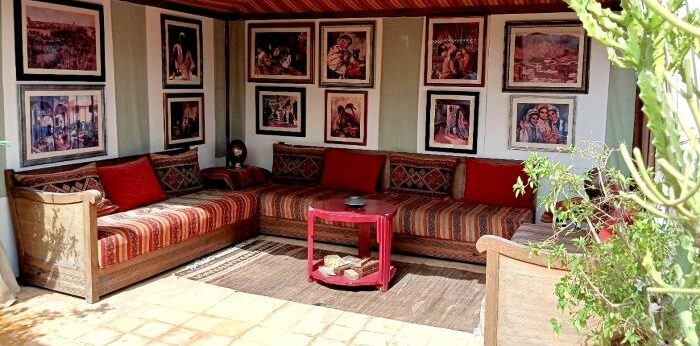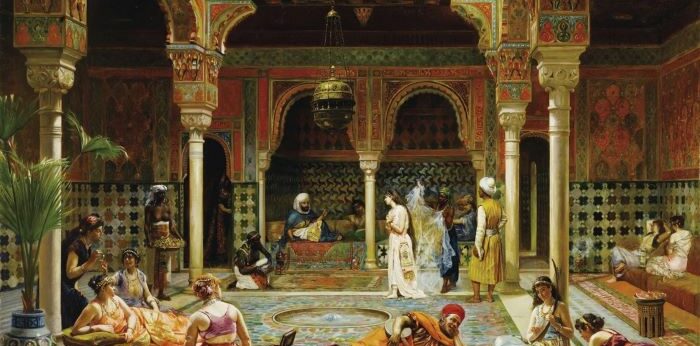The Museum of Music, in the heart of the beautiful Mouassine district in the Medina of Marrakech, offers concerts on Mondays (Andalusian music), Wednesdays (Berber music) and Fridays (Gnawa music) at 18:00.
It is a unique opportunity to discover the main aspects of the Moroccan musical culture in such an appropriate venue. In the Douiria of the first floor of the house, in all privacy, music resounds under the wooded vaults. The audience is small and the conditions are just ideal for careful listening and to fully appreciate the performances of the musicians.
The museum visit before the concert is included in the ticket.
The evening can be nicely extended by a dinner on site.
Undoubtedly, these are beautiful moments of unforgettable exchange that will be remembered as an evening “out of time”.
The Arab-Andalusian music
It was born from the mixing of Arab musical traditions (Baghdad) transmitted in Spain, especially in Granada and Cordoba, since the 9th century. It has then evolved over time while Jews, Christians, Muslims, Berbers used to blend their harmonies during the medieval Andalusian period “El Andalous”.
Its development in the Maghreb was accentuated by the massive arrival of Muslims and Sephardic Jews, expelled from Spain in 1492.
It is based on cycles of “Noubat”, a poetic corpus with spiritual elements or themes of courtly love.
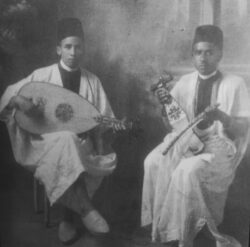
In Morocco, different styles coexist, emanating from the schools of Fez, Tetouan, Rabat-Salé, Oujda, Tangier… depending on the vicissitudes of history, on the various influences (Sufi brotherhoods, Jewish and Berber culture…) and on the migratory movements. Each Nouba, being very long, so only a few movements or extracts are generally played.
Today, Andalusian music can be heard in a wide variety of forms. From the small ensemble to the large orchestra where ouds (oriental lute, king of instruments), rebabs (bowed string instrument, like the medieval rebec), Qânouns (cithars, plucked string instrument), percussions, nays (flutes), modern violins and cellos are played. Solo voices (male or female) and choir join in dialogue.
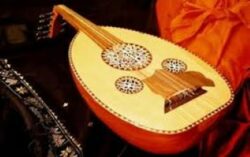
The vocal line can be like a recitative, ornamented with melismas, or more melodic.
In any case, poetry is at the heart of it.
Berber music
Berber music is a more popular form, inseparable from festivities (Moussem, Fantasia, wedding, celebration of nature), dances, village customs and rites.
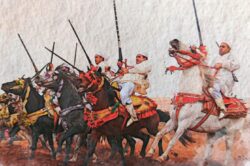
It is therefore a collective practice. Amazighs, Chleuhs, in traditional costume, sing words that can evoke nature, love, friendship, Berber identity, spirituality, the celebrated event… The choir responds to the solo voice.
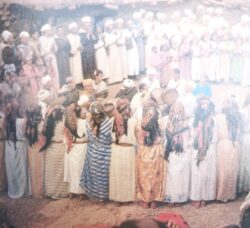
All kinds of instruments resonate: bendir (drum), rebab (fiddle), tbal (drum), azamar (clarinet), lghita (bombarde), imzad (monochord fiddle), outar (plucked string instrument), tamja (flute), daf (drum). The transmission of these ancestral songs is oral. They are illustrated by body movements, foot stomping, choreographies evoking the daily activities.
Joy is always present in these folk songs and dances.
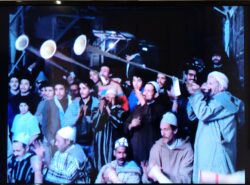
Gnawa music
Frenetic, penetrating, mesmerizing… The wild rhythms of Gnawa music are repeated tirelessly until they make you dizzy. They can lead to trance!
On the Jemaa el Fna Square, a few musicians, in multicolored outfits, jump like kids and twirl the pompom of their hat. Their ancestors were Sub-Saharan slaves who used to celebrate animist cults. Their powerful music aims to establish the link between matter and spirit, between sacred and profane.
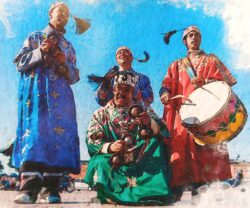
Souls, marabouts, geniuses, good and evil, are never far away. During the nocturnal rituals called “lila”, around the “mkadma” (seer), they are invoked in order to ward off evil, repel diseases, regain fertility. Women volunteers go into hypnosis or trance.
The ternary rhythms pull the dancers into their spirals. They are backed by the words, traces of ancient dialects, and the onomatopoeias which stumble out of the musicians’ mouths. The sounds of metallic qraqeb (crotales or castanets), guembri (three-string bass) and drums resonate all night until the exhaustion in the early morning.
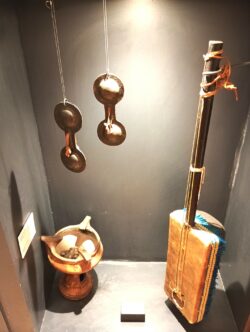
This repetitive music has fascinated generations of Western musicians and contemporary composers. Since Jimmy Hendrix, in the 60s, would play his guitar with the Gnaoui of Essaouira, others have imitated him. Jimmy Page, Randy Weston, Carlos Santana, Louis Bertignac… Gnawa music has become international. Musical fusions, which seemed unlikely, between Gnawa musicians and some jazzmen and bluesmen, have given rise to surprising and delightful musical creations. Some unforgettable performances have marked the hours of the Gnaoua and World Music Festival which takes place every year in June in the city of Essaouira.
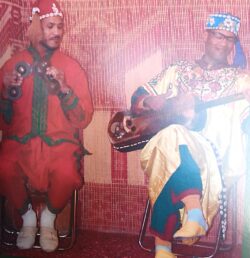
So, tonight, let yourself feel dizzy !
Information and reservations at the Riad DAR TALIWINT

